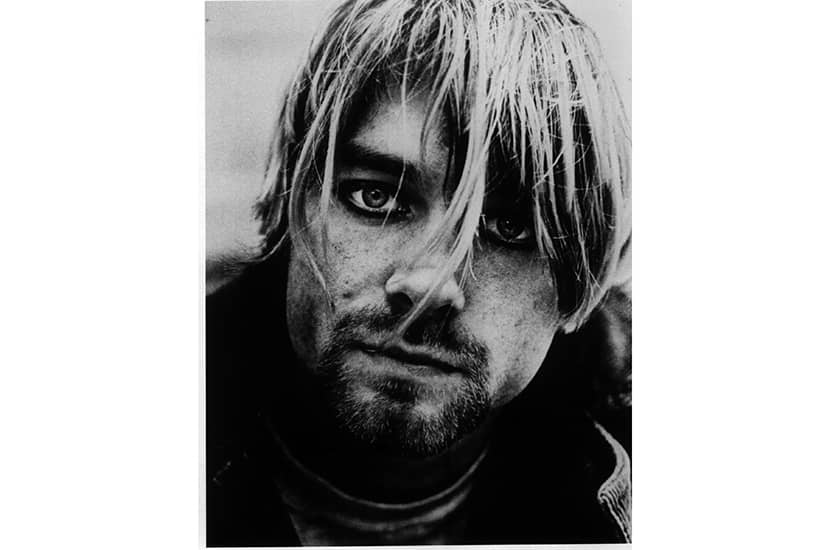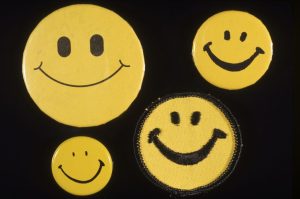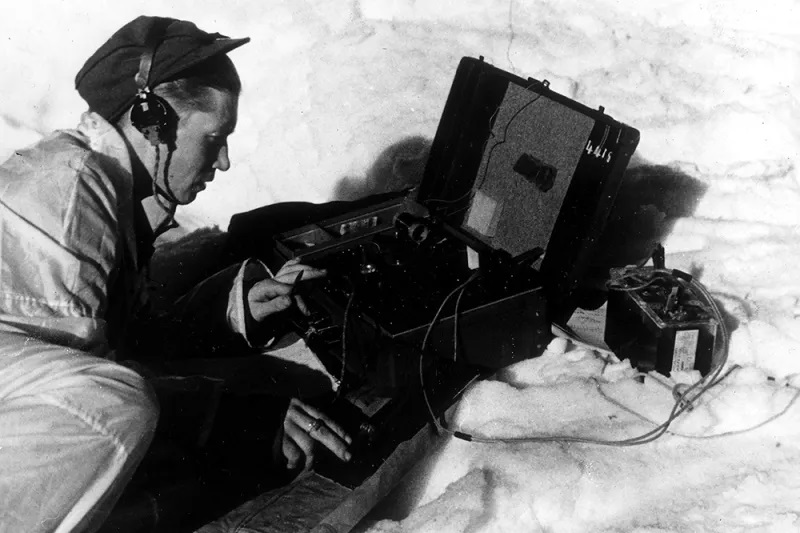The long 1990s began with the Pixies album Surfer Rosa in 1989 and ended with the invasion of Iraq in 2003. Or perhaps the short 1990s began with Nirvana’s Nevermind in 1991 and ended with The Matrix in 1999. Or perhaps the 1990s never really ended for those of us who have lived blissfully ever since in a mental version of Portlandia — the place where, according to that sitcom’s theme tune, “the spirit of the Nineties lives on.” Or perhaps the 1990s did end at some point in the new millennium, if only so that the 1990s revival could commence straight afterwards.
It doesn’t really matter of course: decades are made-up things, so the journalist Chuck Klosterman is perfectly entitled to make up his own 1990s, which begins with the publication of Douglas Coupland’s Generation X in 1991 and ends with the fall of the Twin Towers in September 2001. The book’s focus is almost exclusively American, including some impenetrable (to the uninitiated) chapters about baseball and whatnot.
Granted that focus, the game becomes one of choosing certain pop culture phenomena as emblematic. The object of such games is always to mercilessly troll readers into outraged disagreement, even as the author can smugly point to how his own criteria necessitate the sage choice he has made. So it may well be that Elizabeth Wurtzel (Prozac Nation) and Mark Leyner are the “most stridently ‘of the Nineties’” writers, though I would have preferred to know what Klosterman thinks of Donna Tartt and Bret Easton Ellis. American Psycho (1991) and Don DeLillo’s Underworld (1997) are arguably the great twin towers of 1990s American literature; but novels barely feature in these pages, even though another thing about the 1990s is that it was probably the last time serious fiction could be considered part of mainstream popular culture.
Klosterman is nonetheless always interesting and often funny on the variegated phenomena he lists and thinks about: O.J. Simpson, the Clinton impeachment, Seinfeld, Alanis Morissette, the world wide web and so on. I didn’t really understand what it meant to include “French philosopher Guy Debord (the very famous and influential author of The Society of the Spectacle, 1967) in a list of “high-profile trivialities” celebrated in a bygone cul-de-sac of the 1990s counterculture. But I enjoyed the style of bons mots such as: “What Tarantino could express, more explicitly than any of his peers, was the intensity of his own perspective”; and “O.J. Simpson is perhaps the only person who has ever written a memoir about how he would have killed people he incessantly claimed not to have killed.”
Klosterman also draws many illuminating contrasts, for instance between what today’s left-wing youth hate (capitalism) and what they hated in the 1990s (commercialism); or between Goth subculture and “emo”, to which many young Goths turned after the Columbine shootings caused a moral panic about Goth teens. Emo, Klosterman explains, “exhibited many of the same qualities as Gothness except with less compelling music, brighter clothing and less interest in the seventeenth century.”
What really animates The Nineties deep down, though, is a kind of proud and wistful elegy for a way of looking at the world that was, for a time, the best and coolest way. The book is less about the 1990s than about the people who spent their young adulthoods in that decade, and how excellent they — all right, we — still are. “Among the generations that have yet to go extinct, Generation X remains the least annoying,” Klosterman judges Solomonically. Why so? Because, slackers and ironists that they were, “Xers complained less pedantically than the demographic they followed and less vehemently than the demographic that came next.”
This theme raises its head persistently with regard to the question of whether art can be morally autonomous or whether it should be judged on the purity of its ideology. Take, for example, In the Company of Men, Neil LaBute’s brutal 1997 film about what some would today call “toxic masculinity.” It could not be made now, Klosterman argues:
“The elements of satire lodged within In the Company of Men would be willfully misinterpreted. Its dialogue would be classified as abuse, and the fact that its antagonist is never punished would be seen (by some) as a validation of his persona.”
He’s right, of course — even if this means that, without really intending to, the book has ended up as an oldster’s lament for the cultural impoverishment of the youth of today, in just the way that boomers wrote about Gen Xers in that great decade the 1990s.
This article was originally published in The Spectator’s UK magazine. Subscribe to the World edition here.

























